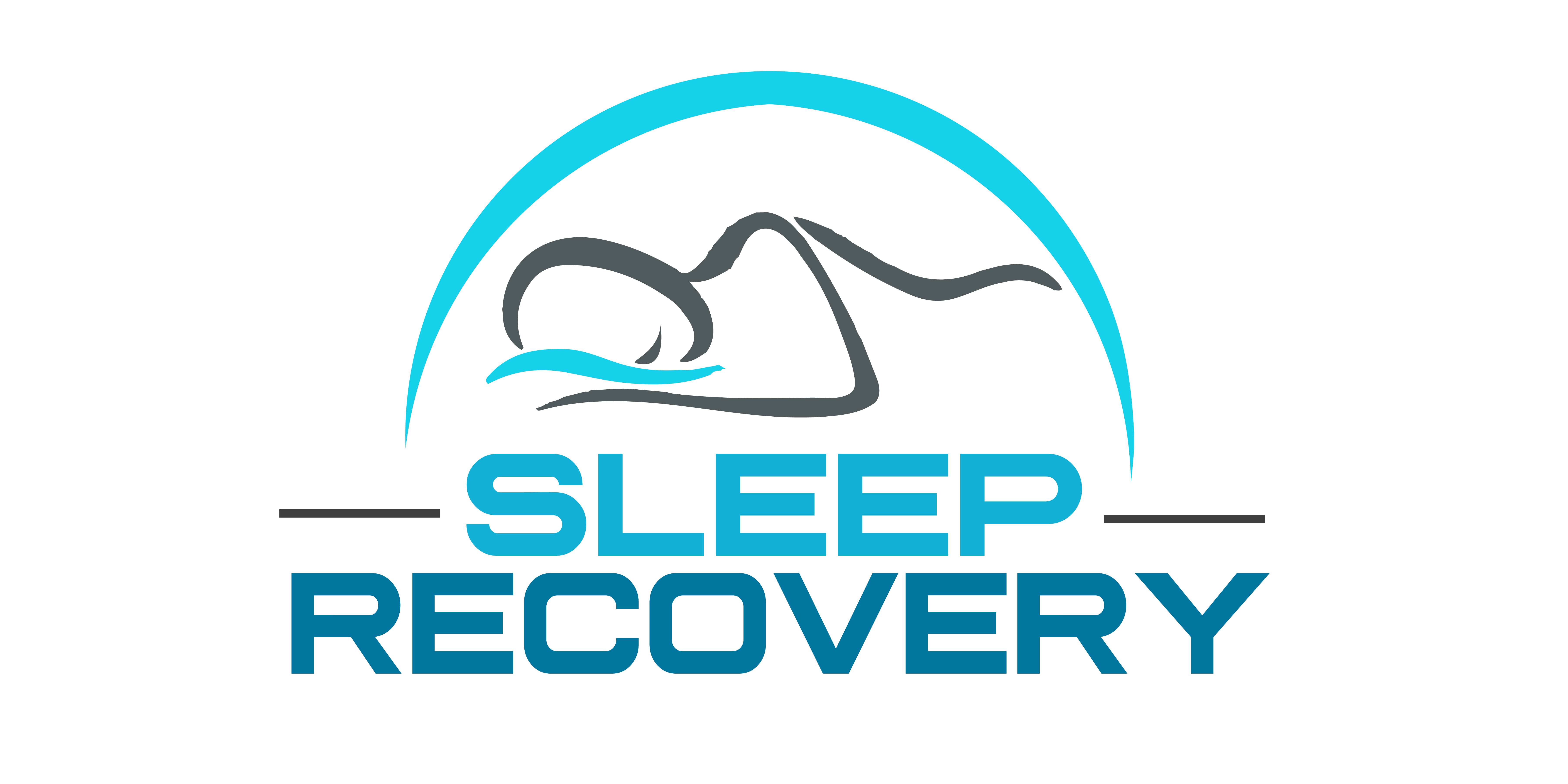Addressing Anxiety as a Psycho-Social-Contagion

The theory of human anxiety as a contagious force represents one of modern social psychology’s most fascinating and concerning aspects. Beyond its manifestation as an individual condition, anxiety may operate as a sophisticated social contagion, flowing through families, communities, and entire societies through complex mechanisms of both bioelectrical (EEG) and behavioral transmission.
The Social Spread of Anxiety
Imagine anxiety as a ripple in the vast social ocean of human consciousness. When one person experiences heightened anxiety states, their altered behavioral patterns create subtle yet significant changes in their social environment. These changes influence others’ neural and psychological states in ways we only begin to understand. Advanced neuroimaging studies have revealed remarkable patterns of neural synchronization between individuals in close social contact, particularly in brain regions associated with threat assessment and emotional regulation.
Emergence of the Collective Mind
The concept of a “hive mind” in anxiety propagation describes a fascinating process where individual anxious responses merge into collective behavioral patterns. This synchronization begins at the neural level, where mirror neurons activate in response to observed emotional states. As people unconsciously match the emotional states of those around them, individual anxiety transforms into a shared experience that can rapidly spread through social networks.
The Path to Mass Formation
The progression from individual anxiety to mass formation follows a predictable yet profound trajectory, which begins as personal worry evolves into shared concern, then collective anxiety, and finally, under specific conditions, mass formation psychosis. This transformation occurs through social reinforcement, shared narrative building, and the gradual erosion of individual critical thinking.
Rational decision-making often leads to emotional groupthink in communities gripped by collective anxiety. This phenomenon manifests in ways that can fundamentally alter societal behavior—from panic buying during crises to the spread of unverified information through social networks. Understanding this progression becomes crucial for both prevention and intervention.
The Depths of Mass Formation Psychology
The phenomenon of mass formation extends far beyond simple group anxiety. When conditions align – social isolation, lack of meaning, free-floating anxiety, and widespread frustration – populations become uniquely susceptible to collective psychological shifts. This state creates what researchers describe as a “hypnotic substratum” in society, where rational thinking gives way to collective emotional responses.
During mass formation events, individuals who typically display sound judgment may find themselves swept into group behaviors that, in retrospect, seem incomprehensible. The process operates through several sophisticated psychological mechanisms: group conformity becomes paramount, dissenting voices face increasing social pressure, and the collective narrative gains an almost religious significance.
What makes this process particularly fascinating is how it transcends traditional social boundaries. Once mass formation occurs, education levels, socioeconomic status, and even previous psychological resilience offer little protection. Collective anxiety creates reality, often resistant to contradictory evidence or logical arguments.
The Bernays Legacy: Engineering Social Consent
The modern understanding of mass psychology owes much to Edward Bernays, Sigmund Freud’s nephew and public relations pioneer. Bernays’ familial connection to psychoanalysis proved crucial – he took his uncle’s insights about individual unconscious desires and applied them to group behavior on an unprecedented scale.
Bernays understood something profound about human nature: the exact psychological mechanisms Freud identified in individual therapy could apply to entire populations. Drawing on his uncle’s theories about unconscious desires and defense mechanisms, Bernays developed sophisticated techniques for “the engineering of consent.”
Through his work in the early 20th century, Bernays demonstrated how carefully crafted messages could tap into collective anxieties and desires, shaping public opinion and behavior. His campaigns weren’t simply about selling products – they showed how social engineering could fundamentally alter cultural norms and beliefs.
Bernays’ work made the relationship between individual and collective anxiety more significant. He recognized that anxiety, when properly channeled, could become a powerful tool for social engineering. His techniques proved so effective that they’re still evident in modern marketing, public relations, and political campaigns.
The Modern Manifestation
Today, these principles of mass psychology operate in an environment of unprecedented connectivity. Social media algorithms, 24-hour news cycles, and instant global communication create perfect conditions for anxiety contagion and mass formation. Understanding these dynamics becomes crucial for psychological well-being and maintaining independent thought in an increasingly interconnected world.
Breaking Free: Individual and Potential Collective Solutions
Understanding anxiety as a social contagion illuminates the importance of individual and collective intervention strategies. The Sleep Recovery Program approaches this challenge through precise brainwave entrainment therapy, targeting the fundamental EEG patterns that make individuals susceptible to anxiety.
Through careful modulation of brain wave patterns, particularly in regions associated with emotional regulation and threat assessment, individuals can develop greater resilience to individual and, subsequentially, socially transmitted anxiety. This brainwave stabilization creates a foundation for clearer thinking and more balanced emotional responses.
Building Resilient Communities
Creating anxiety-resistant communities requires a multi-faceted approach that begins with individual awareness and extends to collective action. By understanding social contagion mechanisms, communities can develop more substantial resistance to manipulation and more effective responses to genuine threats.
Education and collective awareness play a crucial role in this process. When people understand how anxiety spreads through social networks and how this spread can be manipulated, they become better equipped to maintain independent thought and emotional stability. This knowledge, combined with practical tools for emotional regulation and critical thinking, forms the basis of collective resilience.
Looking Forward: Hope and Awareness
The future of anxiety management lies in understanding its dual nature as both an individual and collective phenomenon. As our understanding of these mechanisms grows, so does our ability to develop effective interventions at both personal and societal levels.
The path forward involves fostering greater awareness of these dynamics while developing stronger individual and collective coping mechanisms. We can work toward creating more resilient communities and healthier social systems through understanding and intervention.
Emergency Resources and Support
For those experiencing anxiety or mental health challenges, immediate help remains available through various channels. The National Crisis Hotline provides 24/7 support at 988, while the Crisis Text Line offers immediate assistance by texting HOME to 741741. The Anxiety and Depression Association of America maintains comprehensive resources and support networks accessible through their hotline at 1-800-950-6264.
Remember that while anxiety can manifest as a collective experience, recovery often begins with individual action. The availability of professional support, combined with a growing understanding of anxiety’s social dimensions, offers hope for both personal and collective healing.
Note: This article presents the current understanding of social anxiety transmission and mass psychology. Readers should consult mental health professionals for personal medical advice.
References:
-
An interdisciplinary view of social engineering: A call to action for research. https://www.sciencedirect.com/science/article/pii/S2451958821000749
-
. Overview of Social Engineering Attacks on Social Networks. https://www.sciencedirect.com/science/article/pii/S1877050921025412
- Influential Factors on Collective Anxiety of Online Topic-Based Communities. https://pmc.ncbi.nlm.nih.gov/articles/PMC8525538/
- Stress in America 2023: A nation recovering from collective trauma. https://www.apa.org/news/press/releases/stress/2023/collective-trauma-recovery

